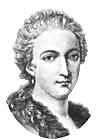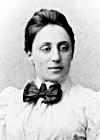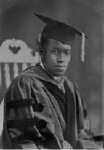Mathematics: What are magic squares? How did Muhammad's work
on them utilize group theory?
Mathematics: How would we do Fuller's calculations by hand?
What affects calculator and computer calculation time?
Compare to Fuller's times.

Mathematics: What is the witch of Agnesi? What did Maria Agnesi
prove about it?





